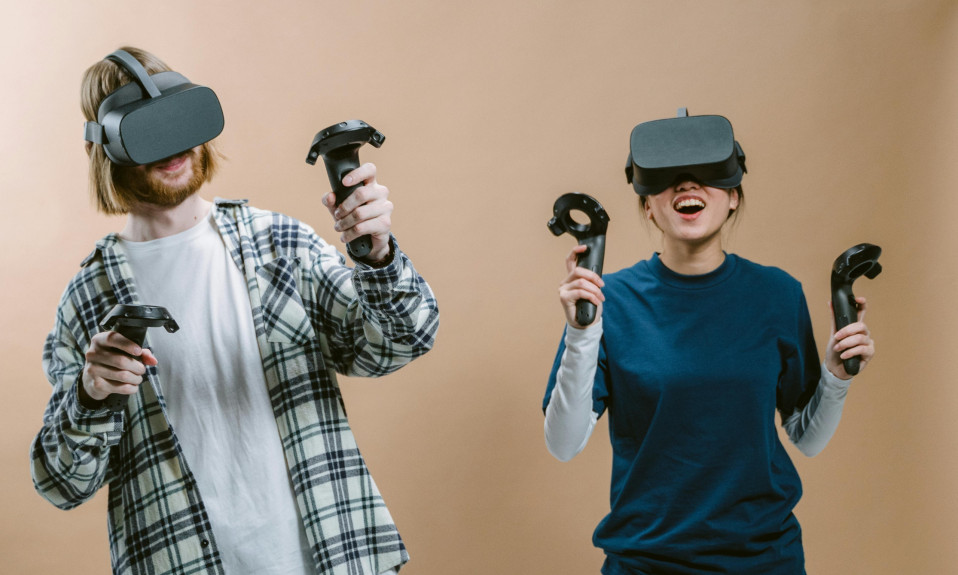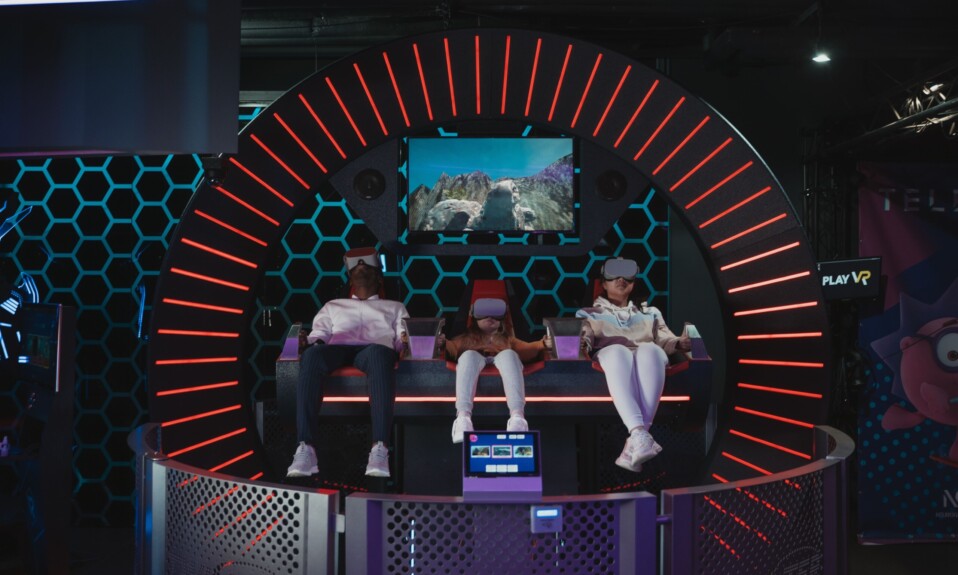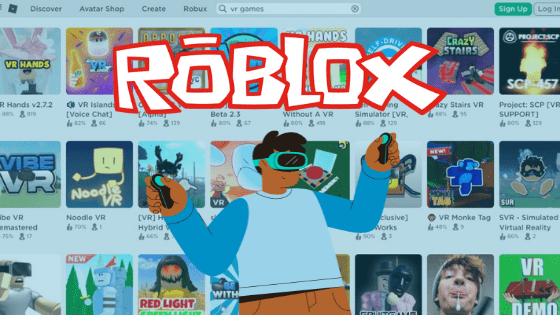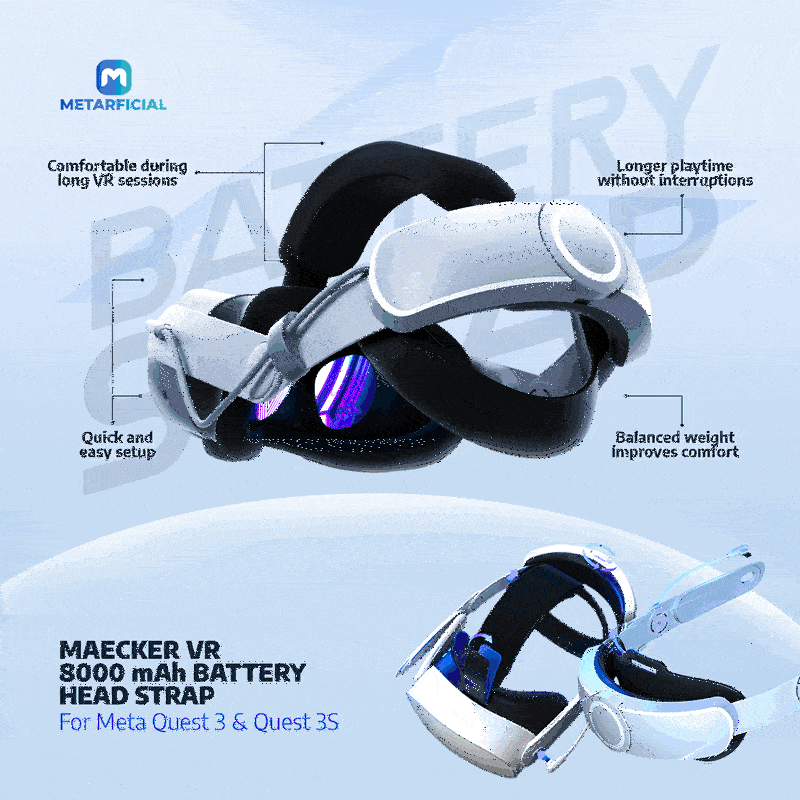In the metaverse, we would be able to buy virtual outfits and roam the streets of virtual reality or turn up for concerts looking stylish.
Metaverse enthusiasts have given us examples of the endless possibilities of a fully developed metaverse.
There is no doubt that the metaverse would provide many opportunities to influence how we work, play, and socialize.
We’ve seen mirror images of these opportunities with cryptocurrencies and blockchain technology.
The metaverse has its own set of challenges and disadvantages.
Some of which we’ve had a taste of with social media and the internet at large.
While everyone is hyped up and focused on the positives, we must consider the downsides and develop coping mechanisms or solutions before these problems become overwhelming.
There are limitations in technology that support seamless experiences, what we call “interoperability” across metaverses.
We’ve also identified concerns over data and information privacy, widespread adoption due to various barriers for entry, fears of leaving reality behind, and effects on our health.
In this article, we give an in-depth analysis of the challenges and disadvantages of the metaverse.
So without further ado, let us get started.
Quick Navigation
#1 Interoperability – Seamless Experiences Across Metaverses
For the metaverse to be fully developed, one of the key features that need to be in place is “Interoperability.”
Interoperability from a developer’s perspective means creating a metaverse using protocols and standards that allow the transfer of information and resources seamlessly across several virtual worlds.
Users would easily transport digital assets, avatars, and resources across metaverses without interruptions or changes in overall experiences.
“You have your avatar and your digital goods, and you want to be able to teleport anywhere. You don’t want to get stuck within one company’s stuff.” – Mark Zuckerberg
There isn’t going to be one metaverse or virtual world. There are going to be several metaverses and virtual worlds.
Interoperability helps to ensure metaverses stay connected and compatible to allow users and creators to express themselves when exploring virtual worlds.
Are There Current Standards For Interoperability?
In the past, protocols and standards got developed to help solve the lack of interoperability among virtual worlds.
The earliest being “Virtual Reality Modelling Language (VRML)” followed by “X3D” and recently, COLLADA.
COLLADA wasn’t an interoperability standard per se but a format to enable the easy exchange of objects and behaviors across virtual worlds.
These standards lacked widespread adoption from creators within the metaverse ecosystem partly because they were not sufficient to meet the needs of seamless interoperability.
Major players in the metaverse space have also benefited from a lack of interoperability standards over the years due to a monopoly in creating their centralized systems and virtual worlds.
It has slowed down progress in improving upon interoperability standards, and with a new wave of enthusiasts keen on creating “a unified metaverse,” we are sure to see progress.
I do not want a discount, said no one ever! Upgrade your VR setup today with top-tier accessories—use code META20 for 20% off + free shipping on orders over $15. Level up your VR experience now ➡️ Shop & Save!
#2 Barrier For Entry – High Cost of VR and AR Gadgets
The metaverse would rely heavily on high-speed internet connectivity, quality graphics display, sensors, and actuators to capture users’ movement.
Not to mention omnidirectional VR treadmills, quality sound output, haptic feedback, and high-end computer systems more advanced than traditional gaming pcs.
There’s more to it than just buying a virtual reality headset and a pair of controllers or augmented reality goggles.
High-speed internet connectivity is also a cause for concern; statistics show that a little more than 40% of the world has never used the internet.
The United States, which houses Silicon Valley, is home to many start-ups and tech companies that don’t make it to the top ten countries with fast internet speed.
It says a lot about difficulties third world countries would face both as users and developers for all things metaverse.
To have a fully immersive experience in the metaverse, many hardware components or virtual reality gear would come to play.
Although virtual reality headsets and gadgets came into the limelight during the 2000s, development goes way back to the 1960s and 1990s.
Five decades down the road since it developed, we still experience slow growth and development of virtual reality equipment.
Slow demands and lack of mainstream adoption has led to high cost for producing and improving virtual reality gadgets.
#3 Data and Information Privacy
A few years ago, if you were to give away personal information or your location to some random app, you probably would’ve declined.
But it’s a different story today because most of the apps we interact with collect some data type with or without our permission.
“Sign up with Facebook or Google,” an option lot of brands integrate on their “sign-up forms,” gets most of our information transferred within seconds.
That’s a faster way to sign up? Isn’t it? I mean, who would want to spend the whole day on a sign-up form.
Personal data, brands we interact with, products and services we purchase, places we go, videos we watch, things we search for—the list is endless.
The amount of data and information we feed to brands and social networks on the internet is scary.
Throwing ads in our faces—that model everything we do online—is the new trend tech giants have forced down our throats.
One could conclude that social media platforms ‘feed off our thoughts’ and then send targeted ads our way because, one way or another, they have to make money.
The amount of information companies would collect from us when we jump into the metaverse would be enormous.
“…the metaverse would be able to track which song made me bob my head to the beat, whether and how I danced at the virtual show (the answer is awkward) and which avatars caught my eye.” – Tech Republic
Even with current technology, top tech companies are vulnerable to hacks and data breaches.
We’ve seen countless cases of lawsuits against social media giants who exploit our information for their gains.
There’s a lot of work and implementation that needs to get done.
To address how companies collect and use our information within the metaverse.
I do not want a discount, said no one ever! Upgrade your VR setup today with top-tier accessories—use code META20 for 20% off + free shipping on orders over $15. Level up your VR experience now ➡️ Shop & Save!
#4 The Metaverse as a Substitute for the Real World
The amount of time we spend on the internet and social media has gone up significantly over the last five years.
Data from Statista shows we spent an average of 2 hours 25 minutes on the internet and 3 hours 32 minutes on social media platforms every day for the past two years.
Before the 2020 COVID-19 pandemic, shopping online, virtual meetings, and online certification courses had already been a thing.
But restrictions on movement and lockdowns caused a shift in how we worked, shopped, and communicated on the internet and social media.
Businesses that didn’t have an online presence struggled to establish one, and corporations adopted internet solutions to stay relevant.
It won’t be long before people do everything and spend more time in virtual reality than in the real world.
There may be no significant difference between the real world and a virtual one if the promise of a fully immersive environment in the metaverse gets fulfilled.
One could say virtual reality and the metaverse would become an everyday reality.
It is a cause for alarm for many people, judging from the responses of 42 participants in an online survey by Loup Funds.
“I believe in spending time in the real presence of our family and friends. It scares me because we are going to be spending less time physically and emotionally together.” – Loup Funds Survey Respondent
Thankfully, technology has evolved and brought us closer to the ones we love, from text to sharing images, videos, and many more.
It doesn’t prevent physical connection and presence when the distance becomes a problem.
The metaverse could help improve how we stay connected with our loved ones.
#5 Negative Effects on Our Health
Since the use of mobile phones and the internet went mainstream, we’ve heard stories and warnings of how increased usage could cause health complications.
Current research into the effects of mobile phone use shows no conclusive evidence it causes cancers or accelerates the growth of tumors.
While this may be true in the short term, long-term risks and implications are yet to be clarified.
In the meantime, we recommend taking precautions and maintaining best practices when operating mobile devices.
Similarly, accessing the metaverse would depend on handheld devices strapped to our bodies with sensors, actuators, and so on.
Would this pose health problems when devices get used for extended periods? We are yet to find out.
From another angle, personalized avatars may eliminate the need to maintain physical fitness as we transition into virtual reality.
Since the primary way users access the metaverse is through avatars, there would be a lot of personalization that comes with it.
Users would have access to a wide range of customization options from height to body size, facials, and skin color.
Why would people need to work out or keep fit? If they spend the majority of their day in the metaverse?
If more people spend time in virtual reality, the need to take care of our physical health and bodies may deteriorate.
“Humans have been dodging responsibilities forever, but now they will have an easier way to do so. The hope is most of us have enough discipline to avoid this pitfall.” – Loup Funds
Activities within the metaverse like walking or running may require an omnidirectional treadmill.
With this in mind, others hypothesize that we may likely exercise more with the use of dedicated virtual reality equipment.
FAQ: What is a significant limitation within the metaverse that is slowing growth and adoption?
While there are several limiting factors to the growth and adoption of the metaverse, the most significant limitation stems from the lack of practical utility and real-world use cases for everyday users.
Most platforms and applications within the metaverse are geared toward gaming experiences, reinforcing the perception that the metaverse is primarily for gamers.
“An era of mass-market VR is in sight—but only if device manufacturers and content creators are prepared to rethink some long-held assumptions about who this technology is for” – NRG
The gamer bias alienates non-gamers, who may not see the metaverse as relevant or valuable for everyday needs, slowing its broader adoption.
To change the status quo, independent developers and corporations must build virtual and augmented reality experiences that appeal to a larger demographic, signaling inclusiveness and catering to the interests of the masses beyond niche audiences.
I do not want a discount, said no one ever! Upgrade your VR setup today with top-tier accessories—use code META20 for 20% off + free shipping on orders over $15. Level up your VR experience now ➡️ Shop & Save!
Conclusion:
The metaverse promises an immersive environment without limits to what we can do and the experiences we create.
Key players in virtual reality space have to work together to achieve common standards and protocols for building virtual worlds for the metaverse to become fully developed.
If the problem of interoperability isn’t tackled, in ten years from we may have several disparate centralized metaverses.
It defeats the purpose of the metaverse we all envision, one fully decentralized and interoperable.
Hopefully, regulatory bodies would also establish scrutiny and monitor how companies collect and manage users’ data and information within the metaverse.
And with more attention in the virtual reality gadget space, prices for virtual reality equipment may reduce as more companies jump in on the trend.












